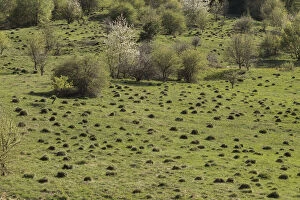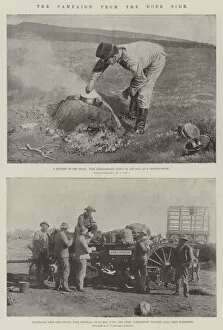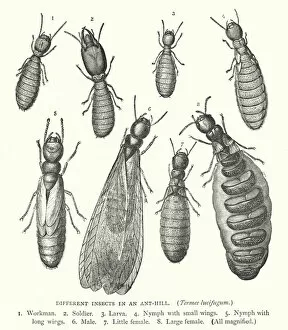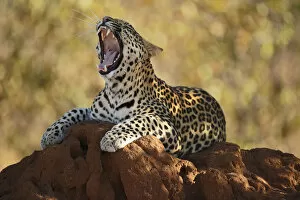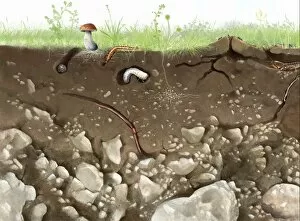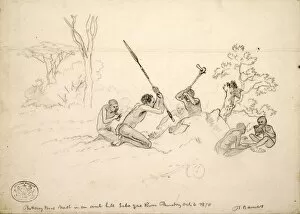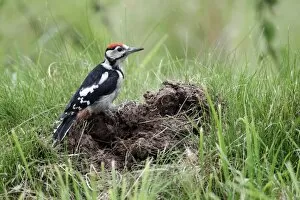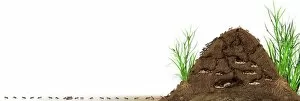Ant Hill Collection
"Exploring the Intricate World of Ant Hills: From Expeditions to Wildlife Encounters" RBG18-1898, The Forthcoming Somaliland Expedition
All Professionally Made to Order for Quick Shipping
"Exploring the Intricate World of Ant Hills: From Expeditions to Wildlife Encounters" RBG18-1898, The Forthcoming Somaliland Expedition, Scenes on the Line of Operations (litho), and The Campaign from the Boer Side (litho) - these historical lithographs depict various expeditions that have taken place in different parts of the world. However, hidden within these landscapes lies a fascinating aspect of nature - ant hills. Delving deeper into this miniature world, we find Different Insects in an Ant-Hill, Termes lucifugum (engraving). This engraving showcases the intricate ecosystem thriving within these mounds. Just like The "Challenger Expedition" (engraving) ventured into uncharted waters, scientists too embark on journeys to study ant hills and their inhabitants. In Kruger National Park's wilderness, a Leopard (Panthera pardus) finds solace atop a termite hill. With a yawn that echoes through time, it reminds us how ants' industrious efforts shape ecosystems. Another snapshot captures a Leopard resting on a termite hill in Limpopo; showcasing how even majestic creatures appreciate the stability provided by these structures. Moving across continents to Wiltshire, England we encounter Yellow Meadow Ants constructing their own ant-hills on chalk downland habitat at Winklebury Hill. These colonies exemplify nature's resilience and adaptability as they thrive amidst diverse environments. Venturing further south to Australia's vast terrains reveals Cathedral termite mounds standing tall against harsh conditions. These towering structures serve as testaments to termites' architectural prowess while providing shelter for countless organisms. Returning our focus beneath our feet brings attention to soil structure and fauna depicted through artwork. It highlights how ants play an integral role in maintaining healthy soils by aerating them with their tunnels and enriching them with organic matter.

